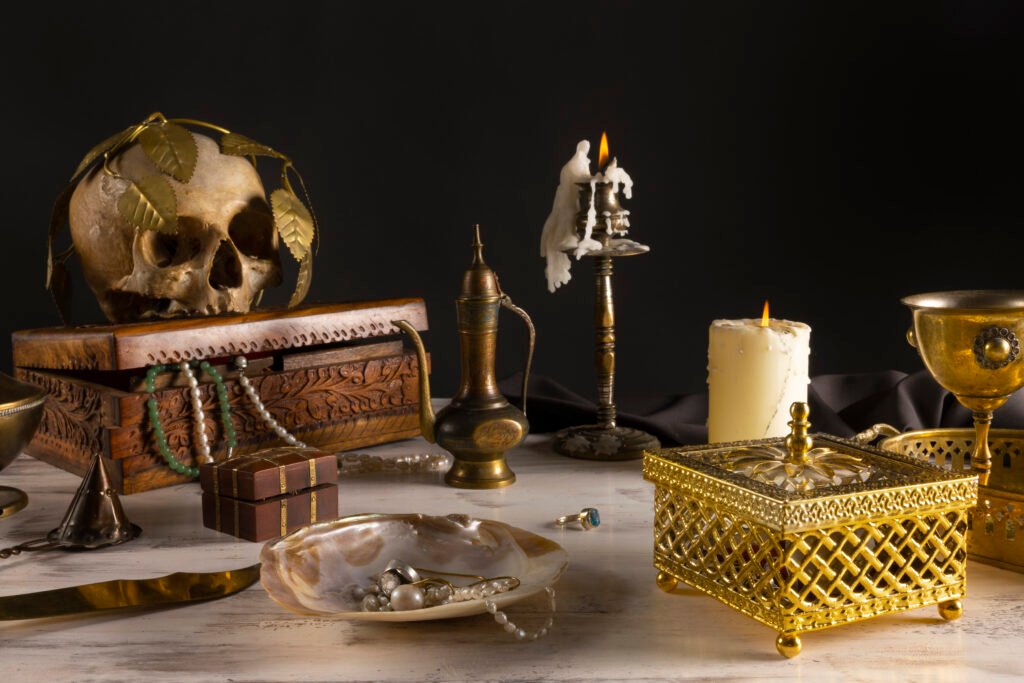Araachell—a term whispered through generations, evoking images of intricate patterns, ancestral wisdom, and the silent rhythm of skilled hands. Rooted in traditions that span centuries, Araachell embodies more than mere craftsmanship; it is a living testament to cultural identity, resilience, and the symbiotic relationship between humans and nature. From forgotten villages to modern ateliers, this art form weaves stories of heritage into tangible beauty. In this exploration, we unravel the layers of Araachell, revealing its philosophical depth, technical mastery, and enduring relevance in a rapidly changing world.
Headings and Detailed Explanations
1. The Origins: Threads of Time and Tradition
Araachell’s genesis lies in the heart of ancient agrarian societies, where resourcefulness birthed artistry from necessity. Historians trace its roots to nomadic tribes who utilized locally sourced fibers—flax, hemp, or wild grasses—to create functional items like baskets, mats, and ritual garments. These objects transcended utility; they encoded community histories, spiritual beliefs, and seasonal cycles into their designs. For instance, spiral motifs symbolized eternal life, while geometric patterns mapped constellations or ancestral migrations. Unlike mass-produced crafts, Araachell demanded intimate knowledge of local ecosystems: dyers foraged plants for pigments, spinners honored the tensile strength of each fiber, and weavers synchronized their work with lunar phases to ensure durability. This harmony with nature fostered sustainability long before the term entered modern lexicon, embedding ecological ethics into every strand.
2. The Technique: Anatomy of an Artisan’s Mastery
At its core, Araachell is a dialogue between hand, material, and imagination. The process begins with fiber preparation—retting, beating, and combing raw materials until they yield to the artisan’s touch. Next, the dyeing ritual transforms humble threads into chromatic poetry. Masters use iron-rich mud, crushed insects, or fermented leaves to achieve hues that industrial dyes cannot replicate, with recipes guarded like ancestral secrets. The weaving phase is meditative yet mathematically precise: looms range from simple backstrap frames to complex pedal-driven devices, each dictating the fabric’s density and drape. What distinguishes Araachell is its “imperfect perfection”—slight asymmetries or “purposeful flaws” are woven intentionally to honor the belief that only the divine creates without error. This philosophy elevates craftsmanship beyond aesthetics, making each piece a humble offering to the cosmos.
3. Cultural Resonance: Symbols Woven into Society
Araachell is a silent language, communicating identity, status, and spirituality. In rites of passage—births, weddings, funerals—specific patterns serve as protective talismans or narrative heirlooms. A bride’s shawl might incorporate fertility symbols; a warrior’s belt could feature zigzags invoking lightning’s power. Beyond the individual, these textiles function as communal archives. Elders read patterns like maps, recalling droughts, wars, or celestial events encoded generations prior. Colonialism and globalization threatened this legacy, as synthetic imports undercut local markets. Yet, Araachell survived through clandestine practice, with women hiding looms in forests or teaching children in secrecy. Today, it fuels cultural reclamation movements, where indigenous groups revive patterns to assert sovereignty and heal historical trauma.
4. Modern Revival: Bridging Ancestry and Innovation
The 21st century ushered in Araachell’s renaissance, propelled by ethical fashion advocates and tech-savvy artisans. Designers collaborate with weavers to adapt motifs for contemporary wear—think geometric tunics or minimalist tapestries—while blockchain technology traces a garment’s journey from shepherd to boutique, ensuring fair wages. Social enterprises like Araachell Collective train youth in hybrid techniques, merging digital design tools with hand-weaving to create avant-garde installations. Environmental innovation also thrives: biodegradable dyes replace toxic chemicals, and recycled plastic fibers are woven alongside organic cotton, confronting waste crises without sacrificing tradition. This evolution sparks debates: purists fear dilution, but pioneers argue that adaptation prevents extinction. As one artisan asserts, “Araachell isn’t frozen in time—it’s a river, fed by ancient springs but flowing toward new horizons.”
FAQ Section
Q1: Is Araachell limited to textiles?
While textiles are its most recognized form, Araachell encompasses basketry, pottery glazing, and even architectural elements like woven wall panels. Its principles—resourcefulness, symbolism, and handcrafted integrity—apply across mediums.
Q2: How can one identify authentic Araachell work?
Look for irregularities in patterns (intentional “flaws”), plant-based dye variations, and provenance documentation. Machine-made imitations lack subtle textural nuances and ethical transparency.
Q3: Does Araachell have spiritual significance?
Yes. Many cultures view the act of weaving as prayer—each knot a mantra, each color a deity’s attribute. Finished pieces are often blessed or used in ceremonies.
Q4: Can urban dwellers learn Araachell?
Absolutely. Workshops thrive globally, from Brooklyn to Bali. Online platforms also offer virtual mentorships, connecting diaspora communities with master weavers.
Conclusion: The Unbroken Thread
Araachell defies categorization as mere craft; it is cosmology rendered in fiber. In its loops and crosses, we find resilience against erasure, dialogue between generations, and a blueprint for sustainable creation. As consumers seek meaning beyond fast fashion, this ancient practice offers radical wisdom: beauty born of patience, utility married to reverence, and innovation rooted in respect. To engage with Araachell—whether as maker, wearer, or admirer—is to join a millennia-old conversation about what endures when everything else fades. It reminds us that in weaving, we are woven: into history, into community, into the very fabric of life.


